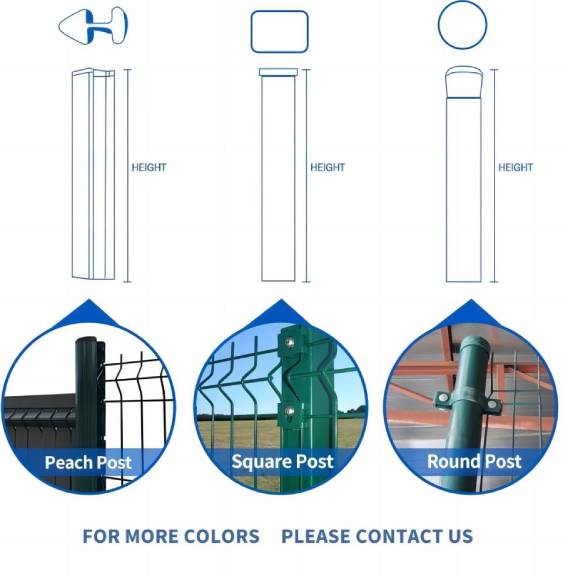Nails Suitable for Constructing Wooden Fence Panels and Their Applications
Choosing the Right Nails for Wooden Fence Panels
When constructing or repairing wooden fence panels, selecting the appropriate type of nails is crucial for ensuring durability and stability. The right nails can significantly affect the longevity of your fence, the ease of installation, and the overall aesthetic of your outdoor space. This article explores the various types of nails suitable for wooden fence panels, as well as some tips for ensuring the best performance and integrity of your fencing project.
Types of Nails
1. Galvanized Nails One of the most popular choices for wooden fences, galvanized nails are coated with a layer of zinc to prevent rust and corrosion. This makes them particularly suitable for outdoor use, as they can withstand moisture and varying weather conditions. When installing a wooden fence, particularly in regions with high humidity or frequent rainfall, using galvanized nails can extend the life of your panels.
2. Stainless Steel Nails For those seeking the ultimate in rust resistance, stainless steel nails are a top-tier option. They are highly durable and resistant to corrosion, making them ideal for coastal environments where salt air can contribute to rust on regular nails. While more expensive than other types, stainless steel nails can provide peace of mind and long-lasting performance, making them worth the investment for high-end fences or long-term installations.
3. Ring Shank Nails These nails feature ridges or rings along the shaft that enhance grip. Ring shank nails are known for their holding power, making them particularly useful for securing wooden fence panels that might be subjected to wind or other forces. The added friction provided by the rings helps prevent the nails from loosening over time, ensuring that your fence remains stable and upright.
4. Finish Nails If aesthetics are a concern, finish nails are a great choice. They have a smaller head that can be driven below the surface of the wood, allowing for a clean and polished look to your fence panels. However, finish nails may not provide as much holding power as other types, so they are best used in combination with other nails or screws to enhance stability.
nails for wooden fence panels

Installation Tips
- Pre-drilling When working with hardwood or thicker wooden panels, consider pre-drilling holes for your nails. This prevents splitting and allows for easier installation, especially when using thicker nails. Pre-drilling ensures that the wood maintains its integrity, enhancing the overall strength of the fence.
- Spacing Proper nail spacing is essential for a sturdy fence. Typically, nails should be spaced 12 to 16 inches apart along the edges of the fence panels. This spacing provides ample support while allowing for some movement in the wood, which is necessary due to changes in humidity and temperature.
- Avoid Overdriving When hammering in nails, be cautious not to overdrive them into the wood. Overdriving can weaken the wood around the nail, reducing its holding power. If necessary, use a nail set to ensure that the nail heads are flush with the surface without being driven too deep.
Conclusion
Selecting the right nails for your wooden fence panels is an essential step in the construction or repair process. By choosing the appropriate type of nail based on your environment and aesthetic preferences, and by following best practices during installation, you can create a strong and visually appealing fence that will stand the test of time. Whether you opt for galvanized, stainless steel, ring shank, or finish nails, paying attention to detail in your choice and installation will lead to a beautiful and durable wooden fence.
-
Innovations in Razor Barbed Wire Design TechnologyNewsAug.11,2025
-
Roofing Nail Compatibility with Different Metal Roof TypesNewsAug.11,2025
-
Welded Wire Mesh for Rockfall Protection BarriersNewsAug.11,2025
-
Galvanized Wire Corrosion Resistance TestingNewsAug.11,2025
-
3D Fence Solutions Preventing Bird CollisionsNewsAug.11,2025
-
Using Chain Link Fence for Urban Garden SupportNewsAug.11,2025




